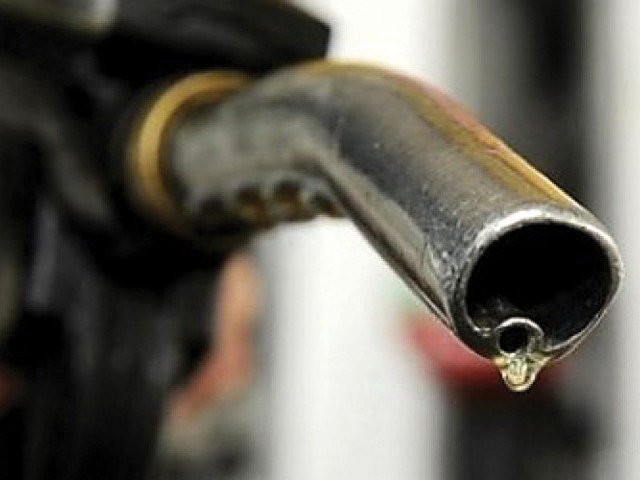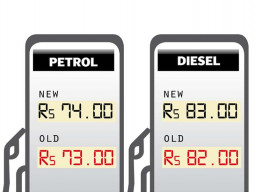
Pakistan is a net oil importer and meets about 75% of needs through imports. Oil imports carry the heaviest weight in total imports of the country.
“Oil payments - which had been declining for the eight consecutive quarters - reversed trend in the second quarter of FY17 and tacked onto an already elevated non-oil bill,” the SBP said in its second quarterly report on the state of Pakistan’s economy.
“Resultantly, the quarterly current account deficit rose to $2.2 billion in 2QFY17, bringing the cumulative deficit for first half to $3.5 billion.”
Imports of all fuel oil products, particularly high-speed diesel and petrol, have shown significant growth this year, indicating a strong transport sector activity. This has come with a hefty increase in imports of buses and heavy commercial vehicles.
Similarly, increase in power generation from furnace oil in 1HFY17 led to higher imports of the fuel.
According to Customs data, the rise in imports is mainly driven by power generation machinery - a strong pick-up in fixed income loans by the power sector was also noted in 1HFY17.
“These trends support our view of higher infrastructure development-led economic growth and active energy management in the country,” the SBP said.
Until the quarter ended September 30, 2016, the savings on oil import payments had been offsetting rising non-oil imports and partially compensating for declining exports. This, coupled with growing remittances (till FY16), had been providing adequate forex reserves cover to the external account and indirectly contributing to reserve accretion.
“However, this comfort has now started to diminish. Moreover, Pakistan’s import bill may further increase with the surge in oil prices following the supply cut agreement between Opec and key non-Opec members in December 2016,” the central bank said.
According to the Pakistan Bureau of Statistics, Pakistan imported oil worth $6.68 billion in the first eight months of the current fiscal year, which was 20% of the total import bill.
A sizable increase in import payments in the first half of FY17, alongside non-receipt of the Coalition Support Fund (reimbursement of the cost of war on terror) and a fall in exports and remittances led to a significant widening in the current account deficit, the SBP said.
Fortunately, sufficient financial inflows (mainly from government borrowings and foreign direct investment) were available. These helped finance the higher current account deficit.
Resultantly, the overall external balance remained in surplus in 1HFY17, with SBP’s foreign exchange reserves rising by $129 million during the period to $18.3 billion. This, in turn, facilitated the SBP in effectively managing sentiments in the interbank market in the wake of a widening current account gap. The rupee-dollar parity remained virtually unchanged at 104.6 at end-September and end-December 2016 and fluctuated between 104.5 and 104.9 during the period. “During 1HFY17, the rupee appreciated by a nominal 0.2% against the greenback,” it said.
The rise in overall import payments was mainly driven by higher purchases of fuel and capital equipment. This is understandable given that Pakistan is transitioning from a low-growth to higher growth phase, and is addressing supply-side bottlenecks in energy and infrastructure. “This indicates a strong positive impact on broader economic activities,” it said.
In case of exports, the recovery in international cotton prices has yet to translate into higher unit values for Pakistan’s high value-added textile exports. However, on an encouraging note, exports of high value-added textile products, like readymade garments and bed wear, have risen in the first half. This increase has been entirely driven by higher quantum, indicating that these Pakistani products are in demand in key export markets.
Published in The Express Tribune, April 2nd, 2017.
Like Business on Facebook, follow @TribuneBiz on Twitter to stay informed and join in the conversation.



































1713853507-0/MalalaHilary-(2)1713853507-0-270x192.webp)








COMMENTS
Comments are moderated and generally will be posted if they are on-topic and not abusive.
For more information, please see our Comments FAQ